The chicken selection process
Our life as farmers started well before we lived on a farm. We started with a patio garden, which grew to a backyard garden, and eventually included a small flock of egg-laying chickens. When we lived in Denver, choosing new chickens each year consisted of going to a ranch and home store in the suburbs to see which chicks were available on any given day. We’d read the one-sentence description and voila, shopping done. Our first chickens were even less scientific than that – they happened to be the first pullets Steve discovered on Craigslist after he finished building the chicken coop (when our oldest was two weeks old).
We gradually added strategy to our process, including selecting a unique breed each year so we could more easily keep track of each chicken’s age (i.e. in 2016 we purchased New Hampshire Reds, so we know all of our Reds are turning 3 this spring). But, why we selected each breed was usually random, and sometimes simply came down to which color chicks the kids liked.
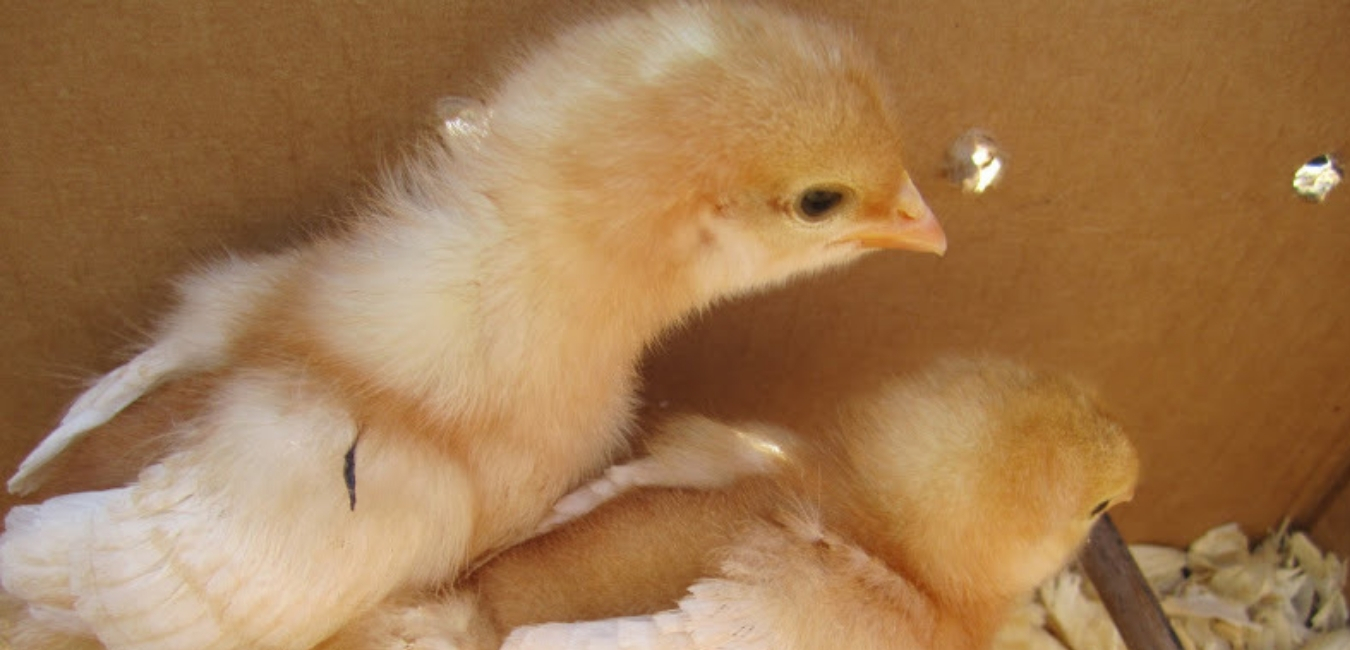
Does breed matter?
This is the first year we are being very intentional with our breed selection, but because of our random approach of the last 6 years, we’ve learned a bit about what to look for and what characteristics we want. Chickens (like people) have their own unique temperaments and can bring different traits to the table. Some birds, like our Ameraucana, didn’t lay as many eggs as other hens, but she had the novelty factor of laying blue-green eggs. And, she was a fierce protector of the flock. She sadly met her end this summer fighting off a hawk who was going after one of the younger birds.
Our Andalusians were some of our most beautiful birds, but they were all quite skittish and flighty. They were the last to leave the coop in the morning and the first to roost in the evening. Andalusians lay nice white eggs, but they hate the cold and in our climate that means their egg production did not meet that of their flockmates. On top of all this, our Andulusians had the most bizarre deaths (we think maybe heart attacks?), so they are not high on our list to add more to the flock.
Don’t even get me started on our Mottled Houdan. This was one of those breeds that came along because the kids desperately wanted a black and yellow chick. They are incredibly showy looking and a docile nature makes them easy to handle. But, that docile nature also makes them defenseless. Our poor little Houdan has had so many near death experiences, I’m shocked she’s still alive. If you don’t have any aggressive birds in your flock, these could be a great addition, but the term pecking order is a very real thing with chickens…and there is no doubt our Houdan is at the bottom. On top of that, their egg production pales in comparison to most other breeds. We probably wouldn’t allow our last standing Houdan to stay in the flock if it weren’t for her small appetite and minimal feed consumption.
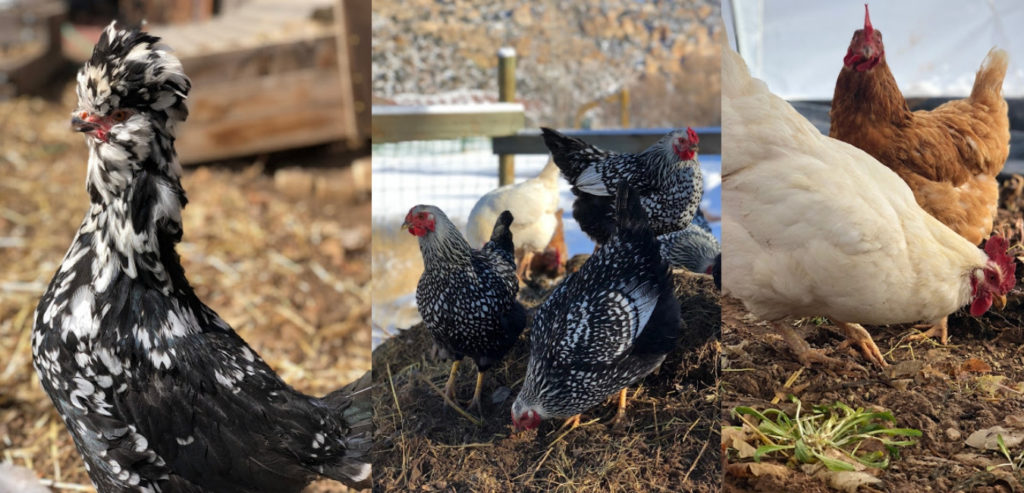
Our flock criteria
This year as we put together our wish list we had several criteria each bird had to meet. We wanted all cold-hardy birds who will do well in our northern climate with snow on the ground for most of the winter months. Because our kids (and their friends) love picking up the chickens we also wanted to make sure they all have pretty docile temperaments, particularly the new rooster we’re adding to the flock. Our current rooster is a Silver-gray Dorking, who has been wonderful with the kids, so we’ll watch closely to see how the new Columbian Wyandotte rooster does with the flock. We also want better egg production since we hope to ramp up egg sales at our markets this summer (and need enough for our own family as well)!
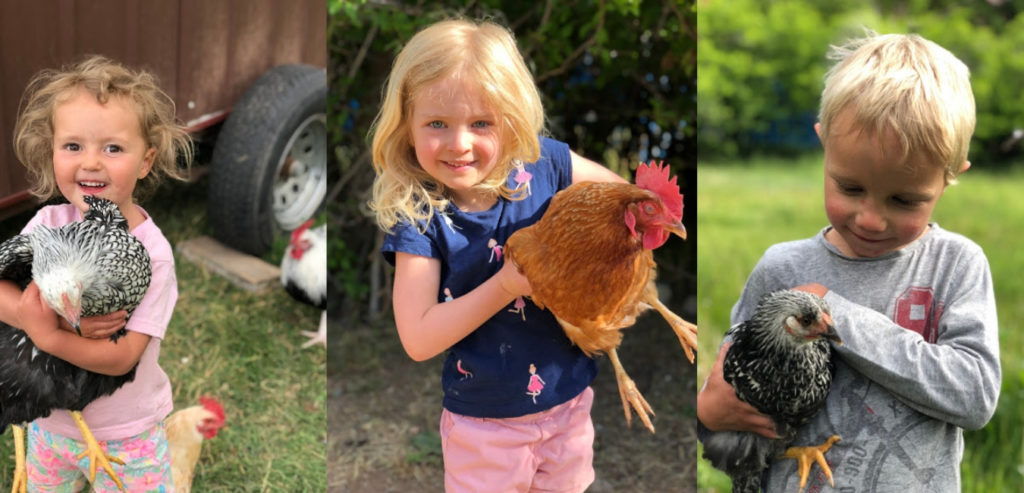
So which breeds did we choose?
After reading through tons of chicken descriptions, we ordered five new breeds (none of which we’ve ever raised before), so we are looking forward to having them arrive in about two weeks and get acclimated with the rest of our flock later this summer. We ordered:
- Easter Egger – these birds should lay between 200-280 eggs a year, but the part the kids are most excited about are the multi-colored eggs. Colors range from blue to green to olive to aqua and even pinkish! They are very cold hardy, but can tolerate heat and are very friendly, including with kids.
- Columbian Wyandotte – we chose to purchase a rooster as well as a few hens from this breed due to their docile nature. They should produce 180-260 eggs per year and are cold hardy. Their pea comb will help prevent frostbite in the sub-zero days of winter.
- Buckeye – honestly the characteristic that attracted us to this breed is their reputation for being great mousers! Like every rural (or urban) farm, we have our fair share of rodents hanging out around the property. While they haven’t been a horrible nuisance, we figured it doesn’t hurt to be proactive and have chickens who are willing to hunt a little for their own food. They have a more active temperament, but are still known as gentle chickens. And egg production still isn’t bad with 180-260 eggs a year.
- Light Brahma – these are incredibly cold tolerant birds with feathers that go down their legs. In my opinion they look a little silly, but it should keep them warmer. We’ll have to watch in the snow to make sure they don’t collect too much snow on their legs. These birds are also huge (roosters weigh up to 12 pounds and hens weigh 10 pounds) and are known as gentle giants. They make excellent mothers, so if one goes broody we may let her hatch a clutch of eggs.
- Dominique – these active birds have a reputation for avoiding aerial predators due to their coloring. Since we’ve had several incidents with hawks this past year, we wanted to round out our flock with a few birds that camouflage well with their surroundings. They were the first known breed in America and are very self-sufficient foragers, so they should do well out on pasture.
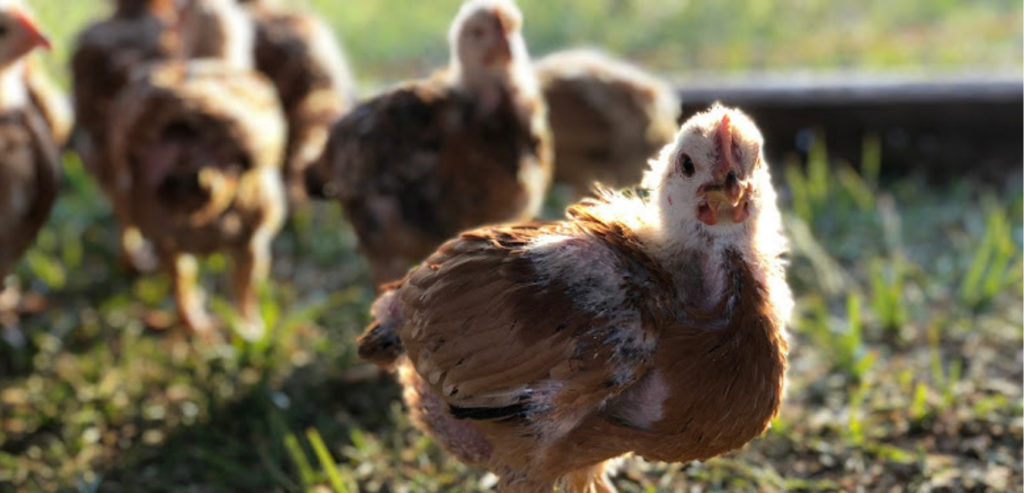
Tips for selecting birds for your own backyard flock
While you certainly can go with the random selection model we embraced for several years, there’s definitely benefits to being more thoughtful with your selection. Make a list of the important criteria and then do your research. What is your climate like? How much space do you have? Will kids be involved in handling the flock? Do you have a specific color of egg you want? Are you raising them for eggs or meat or both? Do you plan to show them or have kids raise them for 4H?
When we had a smaller flock (the limit was eight hens in Denver), we would purchase two new birds of the same breed each year so we always knew the age of each bird in our flock. As we’re scaling up our flock size significantly this year we’re not sticking to just one new breed, but we’ll continue to follow the same practice of rotating which breeds we add next year. This helps provide an easy gauge of their prime laying years for future reference.
We’re also trying out new hatcheries. This year we’re ordering laying hens and a rooster from Cackle Hatchery out of Missouri. The have great reviews regarding their attention to detail, chick health and packaging for shipping. Ideally you want to find a hatchery as close to your physical location as possible to reduce shipping time and stress for the birds. You’ll have a much easier time doing that if you live in the midwest or northeast where most hatcheries are concentrated. We recently heard about a small family-owned business in the Salt Lake area that sells chicks, so they are next on our list to try.
We’ve also found a bird with an aggressive temperament can make life miserable for the other chickens. As we’ve learned, it’s better to just end this situation early rather than having the rest of your flock suffer. Chicken soup is always in season!
Let us know which breeds you’ve had or which ones you may be considering. We’ll keep you updated on the progress of this year’s batch of birds as the season continues.

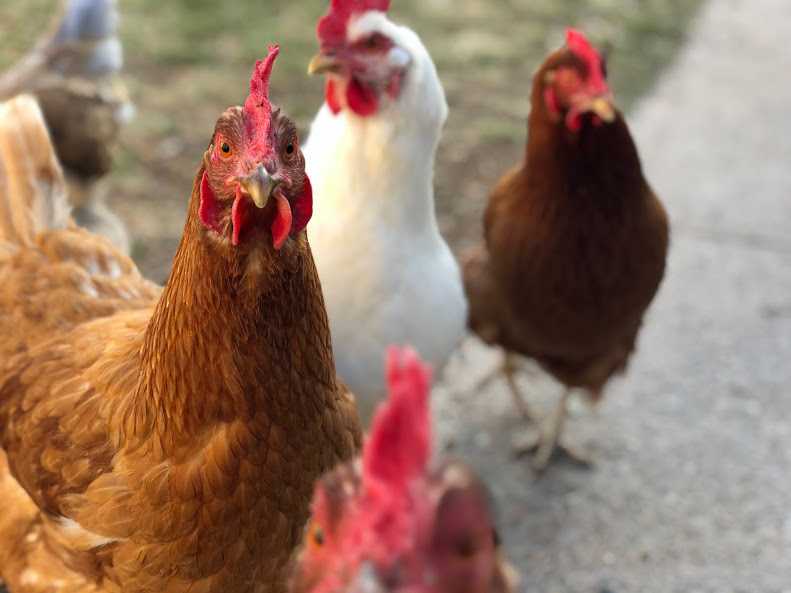
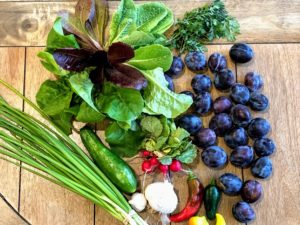
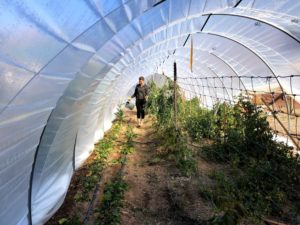

Emily and Family – this is great. We recently moved to Tigard from the east side of Portland and are making plans to do a little urban farming here once we build the coop and garden beds again, but I sure appreciated your thoughtful consideration about hen choosing since we’ve always let the kids pick out their “cutest” two chicks each. Thanks for sharing!
I’m so glad it was helpful to you! We’ve definitely gone the “choose the cutest” approach as well. Our chicks just arrived this afternoon, so we’re hoping it all turns out as planned and they are great additions to our flock. Good luck getting everything set up in your new space!
I’m curious how your Dominique turned out. Ours is definitely the most predator savvy and even has a rooster attitude — she once escaped the backyard and I found her harassing our neighbor’s cat on their porch! She also loves to free range and is very loud. Not a great fit for a backyard flock, but probably great out in the country.
That sounds pretty consistent with our experience! They’ve been a great bird for us out in our environment. They are definitely one of the more skittish breeds we have, but because of that fact they have kept out of harm’s way too!